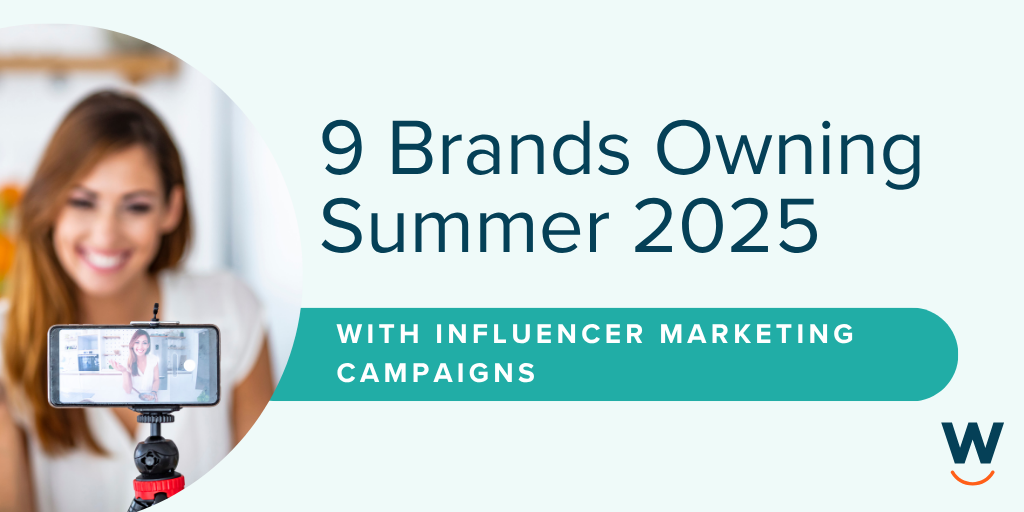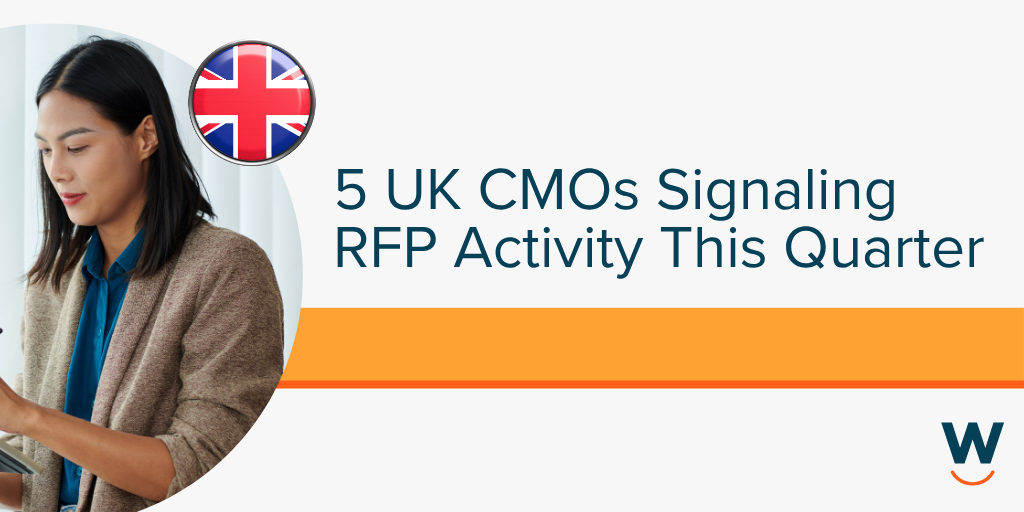
Shortened CMO Tenures & Why Sales Should be Watching
You’ve seen the carousel at the fair – the never-ending circle of wooden animals that seems like child’s-play at first glance. It’s a simple enough attraction, but since it only stops briefly (if at all) to allow new riders, timing is vital to keep from tripping upon entry. Being in the best position to jump on the platform ensures you’ll be the one who ultimately grabs the brass ring.
Getting the timing down is undoubtedly the trickiest part – and this analogy is especially true in sales. Knowing when a prospect is most likely to buy is the holy grail of business development.
After years of tracking industry shifts and forecasting sales opportunities, our team at WinmoEdge has created and molded our own algorithm to predict new business. How? Well, we spend A LOT of time monitoring the industry, but more specifically honing in on certain new business triggers we know lead to change (aka a sales opportunities).
One thing we know about timing is that a new CMO is the No. 1 indicator of an impending agency review. Having advance knowledge of new decision makers will give you the upper hand when looking for potential accounts and revenue. For example, if you know that department store CMOs tend to leave their post after 35 months and that Company X’s current CMO has been with the company for 30 months, it might behoove you to keep the company on your radar since a regime change may happen shortly.
While there are many reports that speculate on the average CMO tenure, we knew Winmo housed an impressive 22 years of CMO data. We decided to run our own report – not only on general CMO tenures, but how they might differ by industry. For those in sales, having this depth of information – to know when to reach out to a CPG CMO vs a Financial CMO – would be industry-leading intelligence for our clients.
We looked at over 1400+ CMO tenures across 1100+ companies from the industries WinmoEdge reports on the most, including CPG, financial services, restaurants and retail.

Overall findings
-
The average CMO tenure is 38 months; median is 27 months.
We found that the average CMO tenure is 38 months (3.2 years), while the median tenure is around 27 months (2.25 years). It is important to know both of these numbers because while the average is the central or typical value of the data set, it is more susceptible to selection bias and is easily skewed. The median, however, is the value at the mid-point of the data set – other values have an equal probability of falling below or above this value. In data sets with outliers, such as 10-year tenures, the median is the best way to describe the data.
Clients should consider the space between these to values as a “sweet spot” of sorts. As we mentioned, CMO shifts are the No. 1 indicator of looming change and being able to predict when these shifts will happen can help whittle down your prospecting lists. Agency readers will want to form relationships with new CMOs and their teams to get in on pitches; media sellers will want to know when new campaign dollars might be available.

-
CMO’s have half the time to make an impact.
According to a 2016 Equilar study, the average CEO tenure is 88 months. Compare this to our report, which shows CMO tenures around 38 months. This gives CMOs roughly half the time of their CEO to make an impact on the brand.
With such a short runway, CMOs must hit the proverbial ground running as soon as they join a new company. Having the inside track on CMO shifts will allow you to reach out before your competition, ensuring you are top-of-mind when reviews are initiated or new revenue becomes available. Even knowing that a CMO has left a company can be beneficial; engaging with lower ranking team members will likely lead to an introduction once a new CMO is announced.

-
As digital marketing capabilities advance, CMO tenures will continue to shorten.
The marketing landscape is always changing: CMOs are no longer simply a brand ambassador, setting strategy for traditional buys. The rise of digital advertising has created a demand for CMOs with digital expertise, and those who cannot change with the times usually find themselves crushed under its wheel.
Keep in mind, as well, that ROI on digital advertising is available much faster than with traditional channels, and CEOs/CFOs who do not perceive money as being well spent will ax the one who is responsible. Today’s top markets have much more on their plate than their predecessors and dropping just one ball could spell the end of the ride.
To get full details on our CMO Lifecycle Report and learn the different tenures by industry, download our report here.



